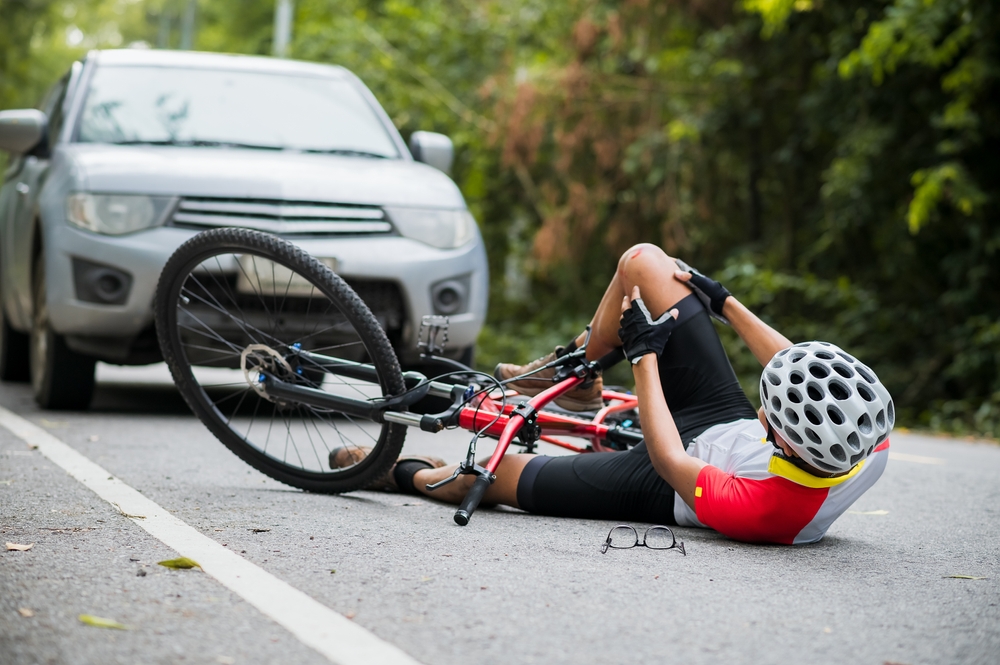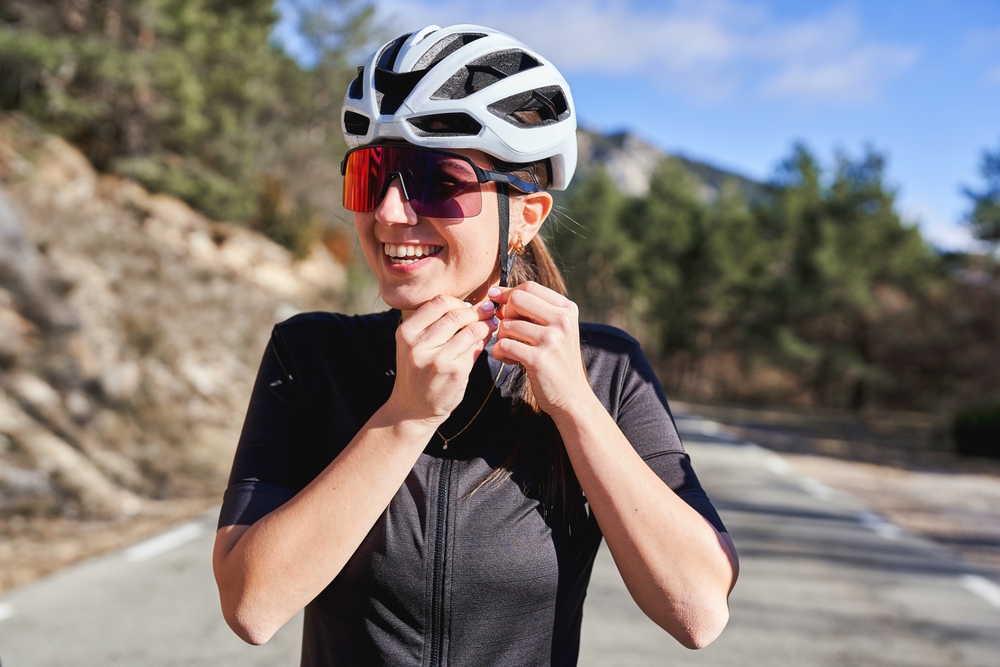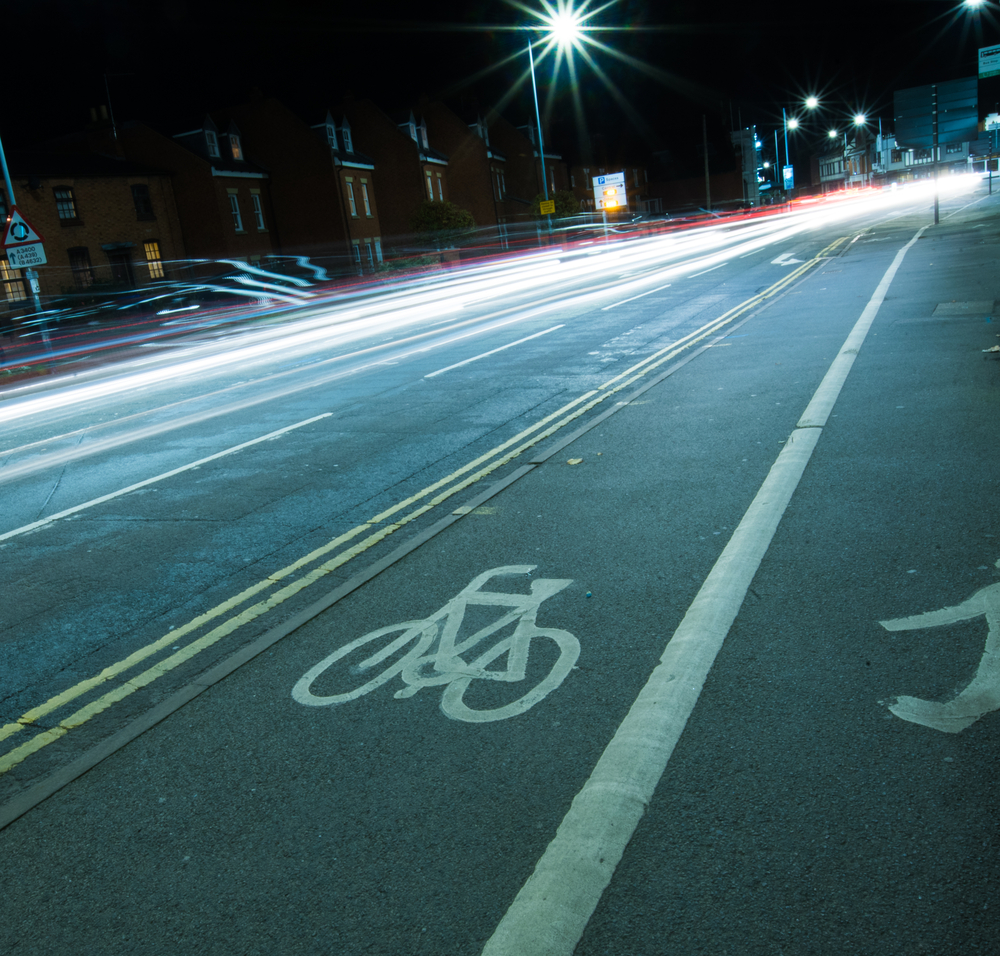If you’ve been involved in a cycle accident, whether with a motorist, pedestrian, or due to road defects, gathering the right evidence can make a huge difference in supporting your claim. In the immediate aftermath of a crash, it’s natural to feel shaken—but if you’re able, collecting key details at the scene will strengthen your position and improve the chances of a successful outcome.
Here’s our practical guide to gathering evidence following a cycling accident and why it matters.
Why Evidence Matters
When it comes to making a cycle accident claim, your word alone isn’t always enough. Solid evidence helps prove what happened, who was at fault, and the extent of the damage—both to you and your bike. It can support your version of events, counter any disputes, and even speed up the claims process.
Learn about the reasons to start a cycle accident claim here.
Take Photos at the Scene
If it’s safe to do so, take clear photos of everything related to the accident:
- The position of your bike and any vehicles involved
- Damage to your bike, gear, or personal items
- Injuries (cuts, bruises, etc.)
- Road conditions, potholes, signage, or obstructions
- Weather and visibility conditions
Try to capture wide shots of the scene as well as close-ups of damage or injuries. Your phone camera is often all you need—but the more thorough, the better.
Get Witness Details
Witnesses can be incredibly helpful in backing up your version of events, especially if liability is disputed. If anyone saw the incident, ask for:
- Their full name
- Contact number
- A brief summary of what they saw
You don’t need a full statement there and then—your solicitor can follow up later. Just make sure you don’t leave without their details.
Exchange Details
If a vehicle was involved in the accident, you’ll need to collect:
- The driver’s name and contact details
- Their vehicle registration
- Insurance information
Be polite, but firm. If the driver refuses to provide details or leaves the scene, try to note their registration number and report the incident to the police as soon as possible.
For more information on common questions following a bike accident, read here.
Report the Accident to the Police
If you’ve been injured or there’s been significant damage, you should report the incident to the police within 24 hours. Ask for a crime or incident reference number, which you may need when making a claim.
If you suspect the other party was driving recklessly or under the influence, or if they left the scene, it’s even more important to get the authorities involved.
Preserve Your Equipment and Clothing
It might be tempting to repair or replace damaged items straight away, but try to keep everything in the condition it was after the accident—at least until you’ve spoken with a solicitor.
- Don’t wash bloodied or torn clothing
- Don’t throw away broken gear or parts
- Take photos of damaged items if you need to transport them
These items may serve as crucial physical evidence later on.
Check out our article on bike accessories you need for safer and more enjoyable rides.
Document Your Injuries and Recovery
Not all injuries are visible at the scene, and some may worsen over time. It’s important to keep a record of:
- Medical appointments and diagnoses
- Prescriptions or treatment plans
- Time off work due to injury
- Photographs of your injuries over time
You might also want to keep a brief diary of how the accident is affecting your day-to-day life—physically and emotionally.
Learn more about what to do after a cycle accident here.
Secure Any Video Footage
If you or anyone else involved had a helmet cam, dashcam, or CCTV footage, secure a copy as soon as possible. Footage from local businesses, buses, or nearby homes can also be valuable—ask around if the area is well monitored.
Act quickly—many CCTV systems automatically delete footage after a few days.
What To Do Next
Once you’ve gathered your evidence, you may be in a strong position to make a claim. If you’re unsure about the next steps or whether you’re eligible, our team is here to help.
Call us on 0800 093 6313
Or fill out our contact form to start your enquiry.
We’re here to help you secure the compensation you deserve—whether it’s for injury, bike damage, lost earnings, or emotional distress.








